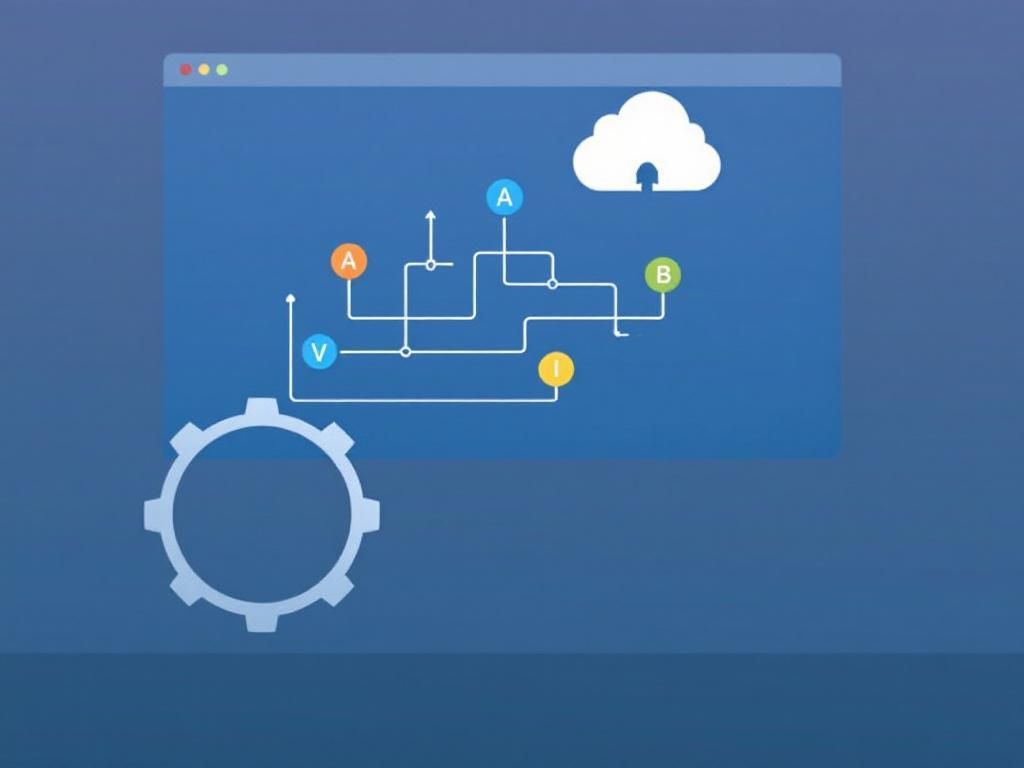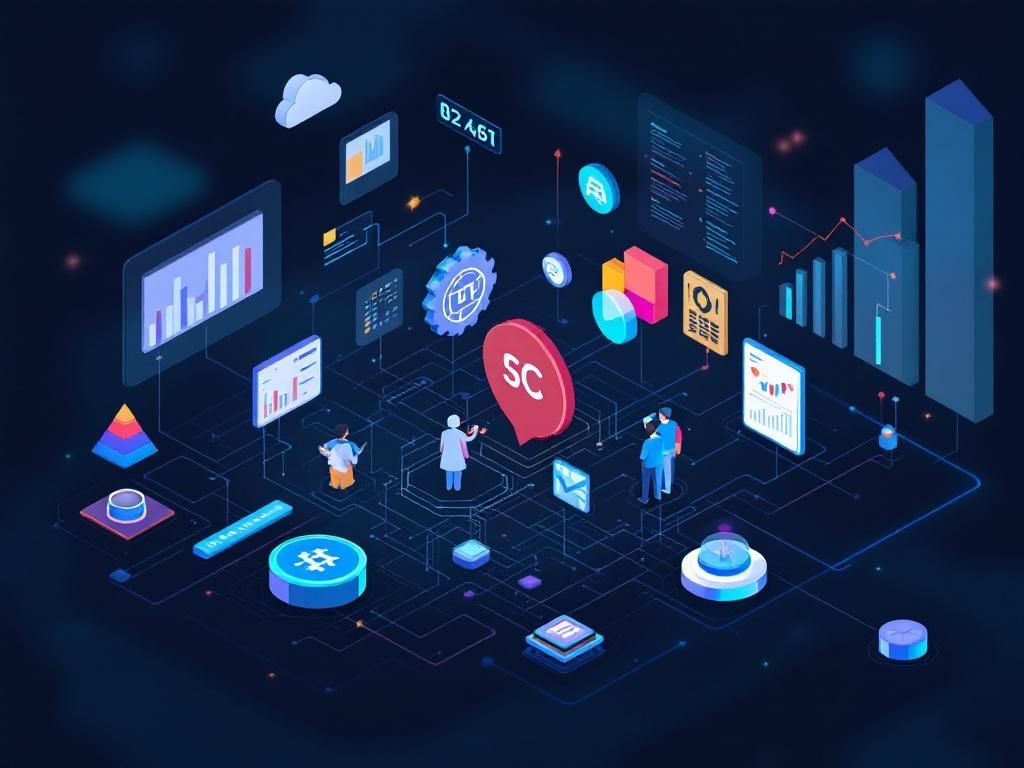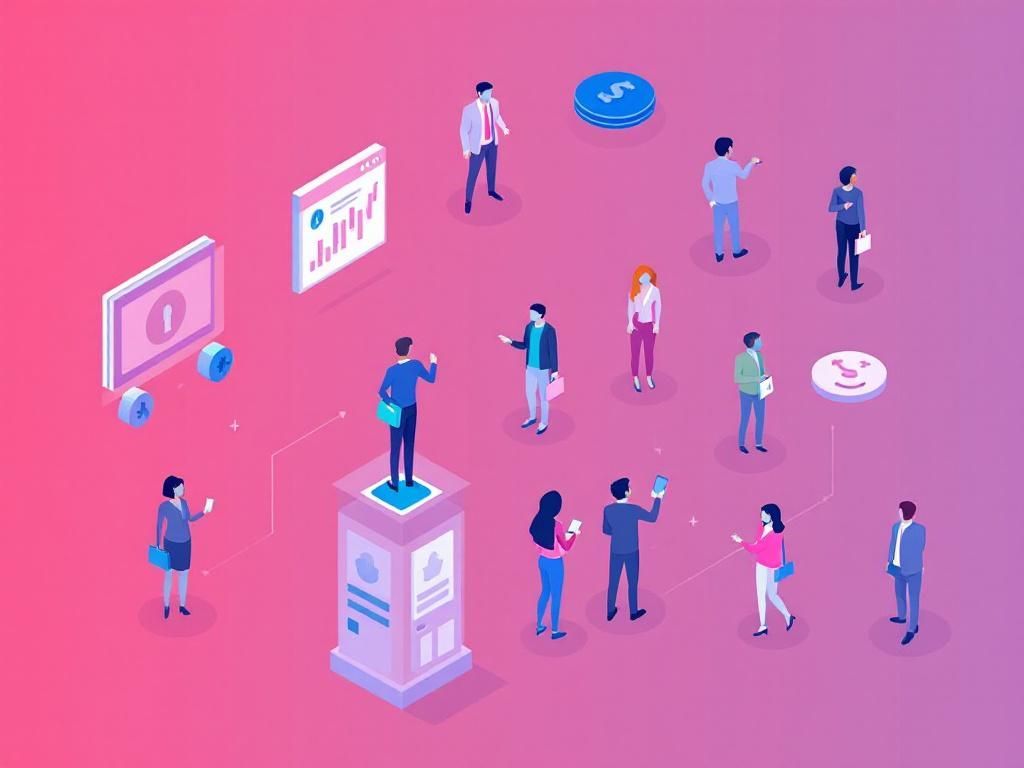Unlocking Value: Mastering Software Asset Management
Discover how Software Asset Management can enhance business efficiency, reduce costs, and maximize software value in this comprehensive guide.

In today’s fast-paced digital landscape, businesses are increasingly reliant on software to drive efficiency and innovation. However, as organizations expand their software portfolios, they often encounter challenges in managing their software assets effectively. This is where Software Asset Management (SAM) comes into play. SAM not only helps in optimizing software usage but also ensures compliance with licensing agreements, ultimately unlocking significant value for businesses.
Table of Contents
Understanding Software Asset Management
Software Asset Management is a systematic approach to managing and optimizing the purchase, deployment, maintenance, utilization, and disposal of software applications within an organization. SAM combines processes, technology, and people to ensure that software assets are managed effectively throughout their lifecycle.
The Importance of SAM
Implementing a robust SAM strategy can provide numerous benefits, including:
- Cost Reduction: By optimizing software usage and eliminating unused licenses, organizations can significantly reduce software spending.
- Risk Management: SAM helps in identifying and mitigating risks associated with software compliance, thus avoiding costly penalties.
- Improved Security: Regular audits and updates ensure that software is secure and free from vulnerabilities.
- Enhanced Productivity: A well-managed software environment leads to improved employee productivity through the availability of the right tools.
The Software Asset Management Lifecycle
The SAM lifecycle consists of several key phases:
1. Planning
Before implementing SAM, organizations should assess their current software environment and establish clear objectives. This involves:
- Conducting a software inventory.
- Identifying stakeholders.
- Defining SAM policies and procedures.
2. Acquisition
During the acquisition phase, businesses must evaluate their software needs and procurement processes. Key considerations include:
- Choosing between subscription-based or perpetual licenses.
- Negotiating terms with vendors.
- Considering open source alternatives.
3. Deployment
Once the software is acquired, it needs to be deployed effectively. This includes:
- Ensuring compatibility with existing systems.
- Providing training and resources for users.
- Establishing deployment protocols.
4. Maintenance
Software maintenance is critical for ensuring optimal performance and compliance. This phase involves:
- Regular updates and patches.
- Monitoring software usage.
- Conducting periodic audits.
5. Disposal
Finally, when software reaches the end of its lifecycle, organizations need to dispose of it responsibly. This can involve:
- Properly uninstalling software from systems.
- Ensuring data security and compliance.
- Assessing the impact on users and operations.
Best Practices for Effective SAM
To maximize the benefits of Software Asset Management, businesses should consider implementing the following best practices:
1. Centralize Software Management
Establish a centralized management system for all software assets. This can streamline processes and improve visibility across departments.
2. Leverage Automation
Utilizing automated tools for tracking and reporting can enhance accuracy and reduce the administrative burden of manual processes.
3. Regular Training and Awareness
Providing ongoing training for employees regarding software usage and compliance can help minimize risks and ensure consistent practices.
4. Conduct Regular Audits
Regular audits are essential to identify compliance issues and optimize software usage. Organizations should schedule audits at least annually.
The Role of Technology in SAM
Technology plays a vital role in the success of Software Asset Management. Various tools and software solutions can assist organizations in managing their software assets effectively. Here are some categories of tools to consider:
1. Inventory Management Tools
These tools help in maintaining up-to-date records of all software assets, including licenses, versions, and usage statistics.
2. Compliance Management Solutions
Solutions that automate compliance checks can alert organizations to potential violations, reducing the risk of penalties.
3. Usage Analytics Software
Analytics tools provide insights into software usage patterns, enabling organizations to make informed decisions about licensing and purchasing.
Challenges in Software Asset Management
Despite its benefits, implementing an effective SAM strategy can come with challenges:
1. Complexity of Licensing Agreements
Software licensing can be intricate, often involving various terms, conditions, and pricing models. Organizations must invest time in understanding these agreements to ensure compliance.
2. Shadow IT
Employees may use unauthorized software without IT knowledge, leading to compliance risks and security vulnerabilities. Organizations must address shadow IT proactively.
3. Resistance to Change
Implementing SAM may require changes in processes and culture, which can be met with resistance from employees. Clear communication and training can mitigate this issue.
Case Studies: Successful SAM Implementations
Several organizations have successfully implemented Software Asset Management, resulting in significant cost savings and improved efficiency. Here are a couple of examples:
Company A: Reducing Software Costs
Company A, a large corporation, implemented a SAM program that identified over $2 million in unused software licenses. By negotiating with vendors and disposing of unnecessary software, they achieved a 30% reduction in software spending.
Company B: Enhancing Compliance
Company B, a financial institution, faced compliance issues due to outdated software. After adopting a SAM solution, they conducted regular audits and established compliance protocols, resulting in a 50% decrease in compliance-related incidents.
Conclusion
Software Asset Management is a strategic imperative for businesses looking to maximize the value of their software investments. By adopting effective SAM practices, organizations can reduce costs, mitigate risks, and improve overall efficiency. As technology continues to evolve, staying proactive in managing software assets will be essential to maintaining a competitive edge in the marketplace.
FAQ
What is Software Asset Management (SAM)?
Software Asset Management (SAM) is a set of business practices designed to manage and optimize the purchase, deployment, maintenance, utilization, and disposal of software applications within an organization.
Why is Software Asset Management important for businesses?
SAM is crucial for businesses as it helps reduce software costs, ensures compliance with licensing agreements, improves operational efficiency, and minimizes security risks associated with unlicensed software.
How can Software Asset Management unlock value for my business?
By implementing SAM, businesses can identify unused or underutilized software, negotiate better licensing agreements, streamline software procurement, and ultimately improve budget management and ROI.
What are the key components of an effective Software Asset Management strategy?
An effective SAM strategy includes software inventory management, license compliance tracking, software usage analysis, and ongoing optimization of software assets.
What tools are available for Software Asset Management?
There are various SAM tools available, including software discovery tools, license management solutions, and usage analytics platforms that help organizations track and manage their software assets effectively.
How can I get started with Software Asset Management?
To get started with SAM, assess your current software assets, define your goals, choose appropriate tools, and establish processes for monitoring and optimizing software usage and compliance.






